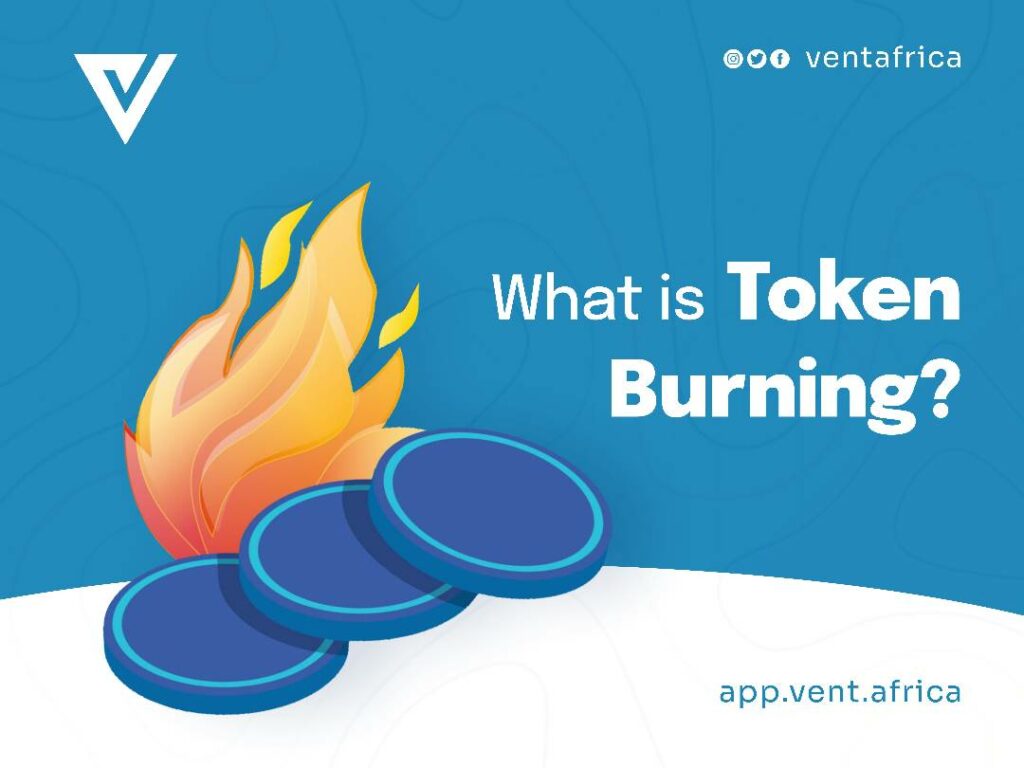Token Burning: What is it and How Does it Work?
Picture this: You’re standing in front of a roaring fire, flames licking the air as they consume everything in their path. However, instead of logs and twigs, you’re throwing cryptocurrency tokens into the inferno. As crazy as it may sound, this is basically what token burning is all about. It’s a process that involves intentionally destroying a certain number of tokens or coins from a cryptocurrency’s total supply, and it’s quickly becoming a hot topic in the crypto world. But why would anyone want to destroy valuable assets? In this post, we’ll dive deeper into the fascinating world of token burning, exploring its purpose and sharing some fun facts along the way.

What is Token Burning?
Token burning is the process of destroying, or “burning,” a particular amount of tokens or coins to remove them from a cryptocurrency’s total supply. It may sound counterintuitive – why would anyone want to destroy tokens or coins? However, this intriguing process continues to gain popularity in the cryptocurrency ecosystem. In fact, in 2021, the total value of tokens burned across various cryptocurrencies was estimated to be over $5 billion!
Token burning can be used for various purposes, such as controlling inflation, increasing the scarcity of the cryptocurrency, and giving a boost to the value of remaining tokens. There are also different ways it can be carried out. Still, the reasoning behind token burning is that when fewer tokens are available in circulation, the price for each token should go up if demand remains constant. In theory, if demand were to increase and tokens were also burned, this would cause the asset’s price to increase dramatically.

Fun Facts about Token Burning
Did you know that Counterparty was the first cryptocurrency to implement token burning, which burned over 2,000 BTC in January 2014? Or that Ethereum, the second-largest cryptocurrency by market cap, is burning its native token, Ether, through EIP-1559 (which aims to improve the network’s efficiency and reduce transaction fees?) Binance Coin also has a quarterly burn mechanism, where some of the trading fees collected on the Binance exchange are used to buy back and burn BNB tokens.
How Does it Work?
The process of token burning varies depending on the cryptocurrency in question. In some cases, the tokens are simply sent to an address with no known private key, rendering them permanently unspendable. In other cases, the tokens are sent to an address with a known private key, but the private key is kept secret or destroyed, effectively locking the tokens away forever.
There are various ways to achieve token burning, but the four primary methods are:
- ICO burns.
- Circulation burns (used by VeChain and Tron).
- Out-of-circulation burns (used by EOS and Stellar).
- Gas fee burns (used by XRP and ETH through EIP-1559).
ICO burns are typically carried out to dispose of unsold ICO tokens. The distinction between circulation and out-of-circulation burns lies in whether the tokens were burned before or after being issued. On the other hand, gas fee burns are built into the cryptocurrency’s code, destroying a small amount of crypto with every transaction.

Conclusion:
Burning things usually doesn’t lead to anything good. However, when it comes to token burning, it’s a different story. Token burning is a fascinating process adopted by many cryptocurrencies for various reasons. Whether it’s to control inflation, increase scarcity, or improve network efficiency, token burning has become an essential tool in the cryptocurrency ecosystem. As the industry continues to evolve, we can expect to see more innovative uses of token burning in the future.
CONVERT YOUR CRYPTO TO CASH WITH ZERO STRESS
Got crypto that you need turned into cash? Vent Africa is your one stop crypto off-ramp platform. Convert your BTC or USDT to cash with us today at the best rates in the market and without any fees charged.
Read more: 5 Reasons to Trade with Vent Africa.

